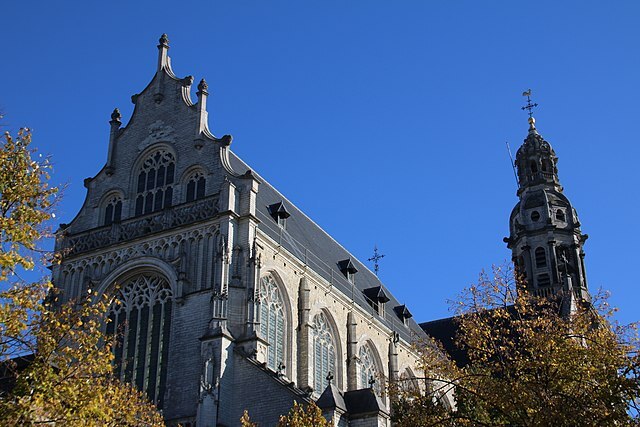Religious migration in the Low Countries and the Religioensvrede
Religious persecution in the Low Countries led to increased migration throughout the sixteenth century. Convinced Protestants who feared for their life fled to cities in Germany and England. There, they could practice their faith more freely. When some provinces and cities in the Low Countries were taken over by Protestants, many of the Protestant refugees returned. In turn, Catholics began to flee these places. The drafters of the Religioensvrede took this mobility into account in the treaty. The third article of the peace ordered that Catholicism should be re-established in places where it had been abandoned, but only when at least 100 people that lived continuously for a year in that place demanded it. The fourth article allowed the establishment of Protestantism everywhere. The rule of one hundred continuous inhabitants was also applied in that article.
The Religioensvrede (1578) was an arrangement to allow the living together of Catholics and Protestants in the Low Countries. The Low Countries were a region that roughly covered current-day Belgium and The Netherlands. In the years before 1578, the government of the Low Countries had only allowed Catholicism and had prosecuted Protestants. In regions taken over by Protestants, Catholics were treated badly and they encountered violence. The army of Spain supported the Catholic government of the Low Countries. The army’s soldiers fought Protestants but also harassed many Catholics. Moderate Catholics and Protestants from the Low Countries made peace with each other and joined together in their opposition to the Spanish army. To sustain that peace, they developed a set of rules, obligations, and prohibitions to ensure that Catholics and Protestants could live together. These various measures were listed in the Religioensvrede.
Why does the Religioensvrede ask that at least 100 permanent inhabitants align themselves to religion before it is allowed publicly? How should local communities and national governments deal with new inhabitants who follow a different religion?
Further information about the Religioensvrede and Amsterdam can be found at On Site, In Time.

